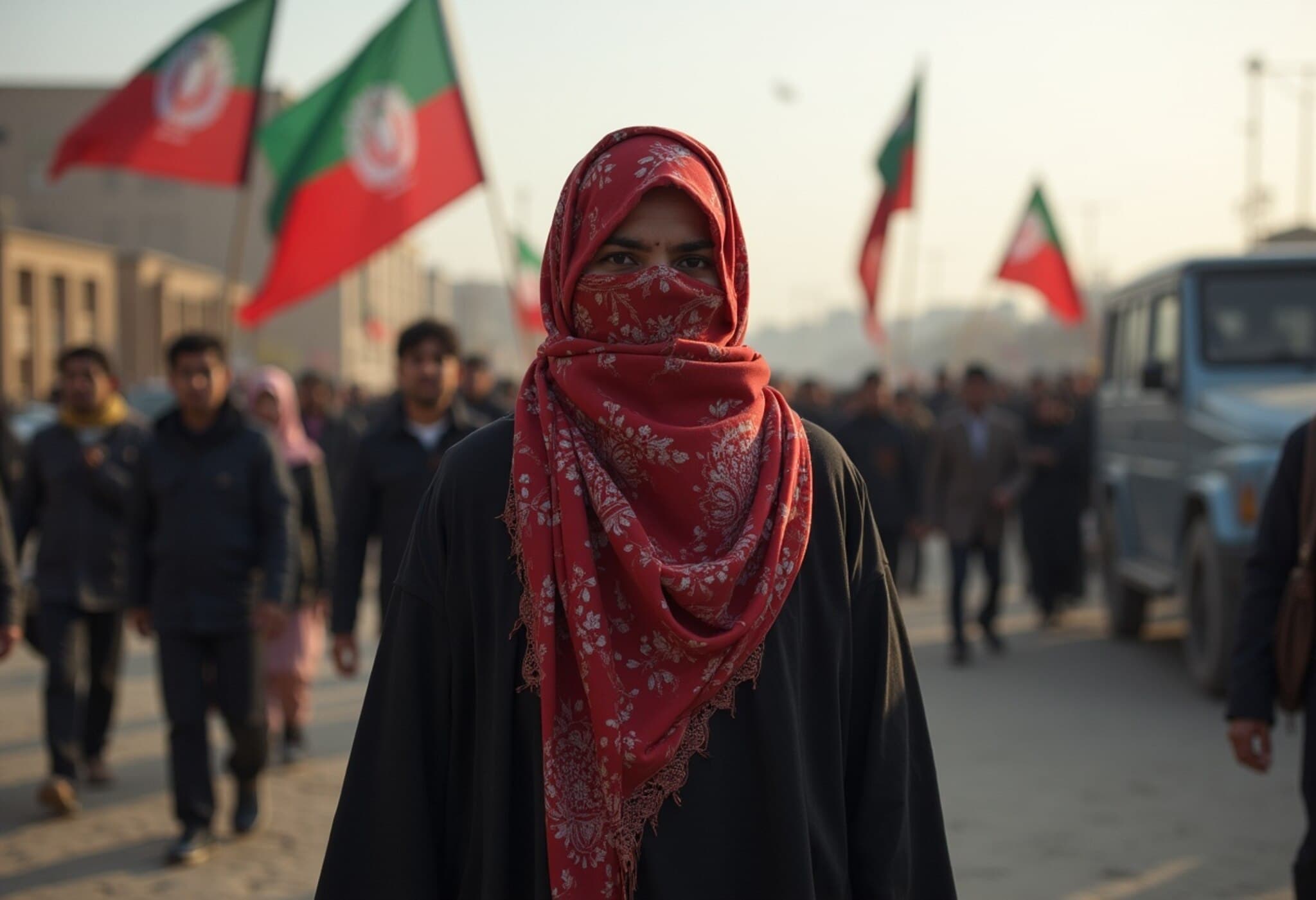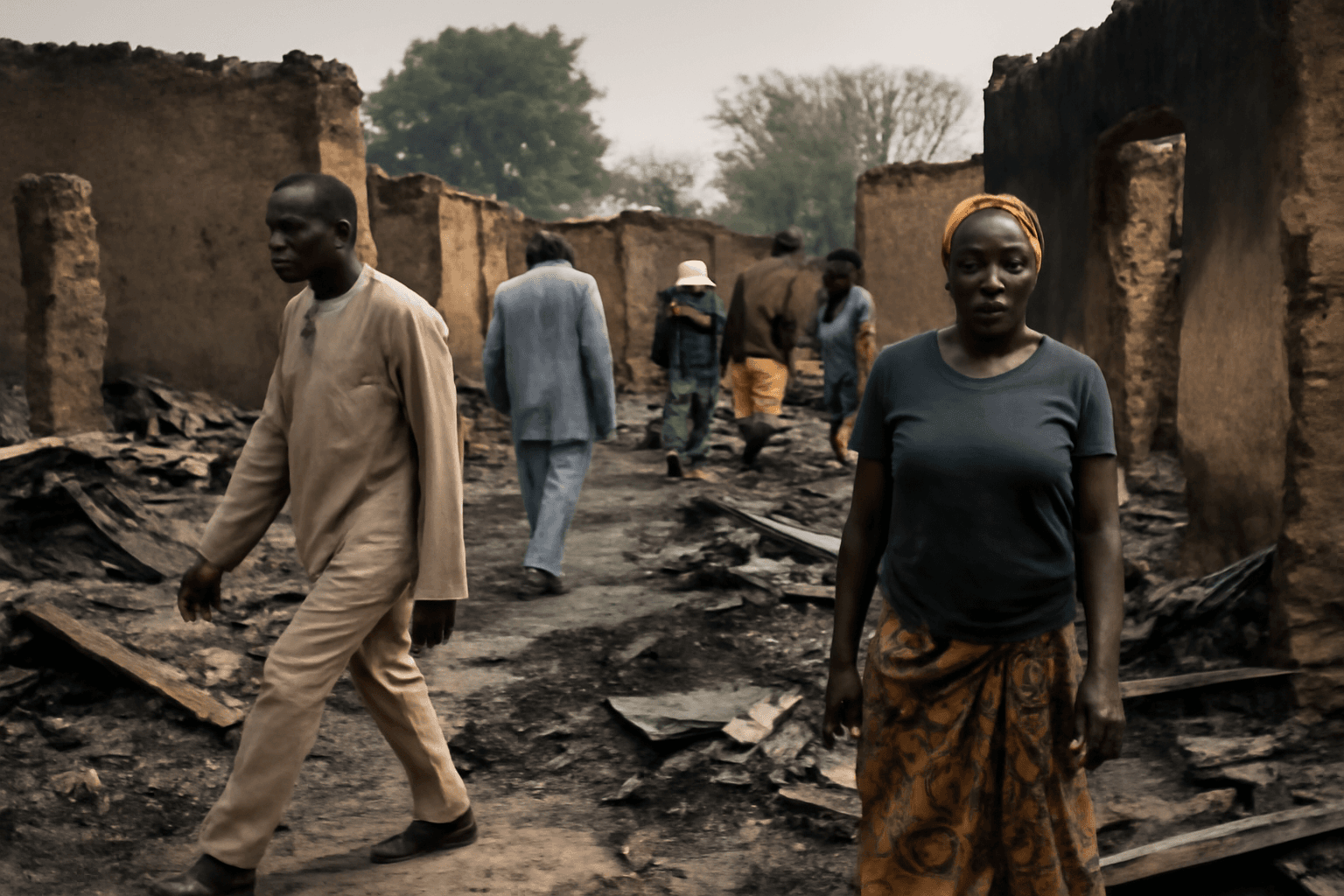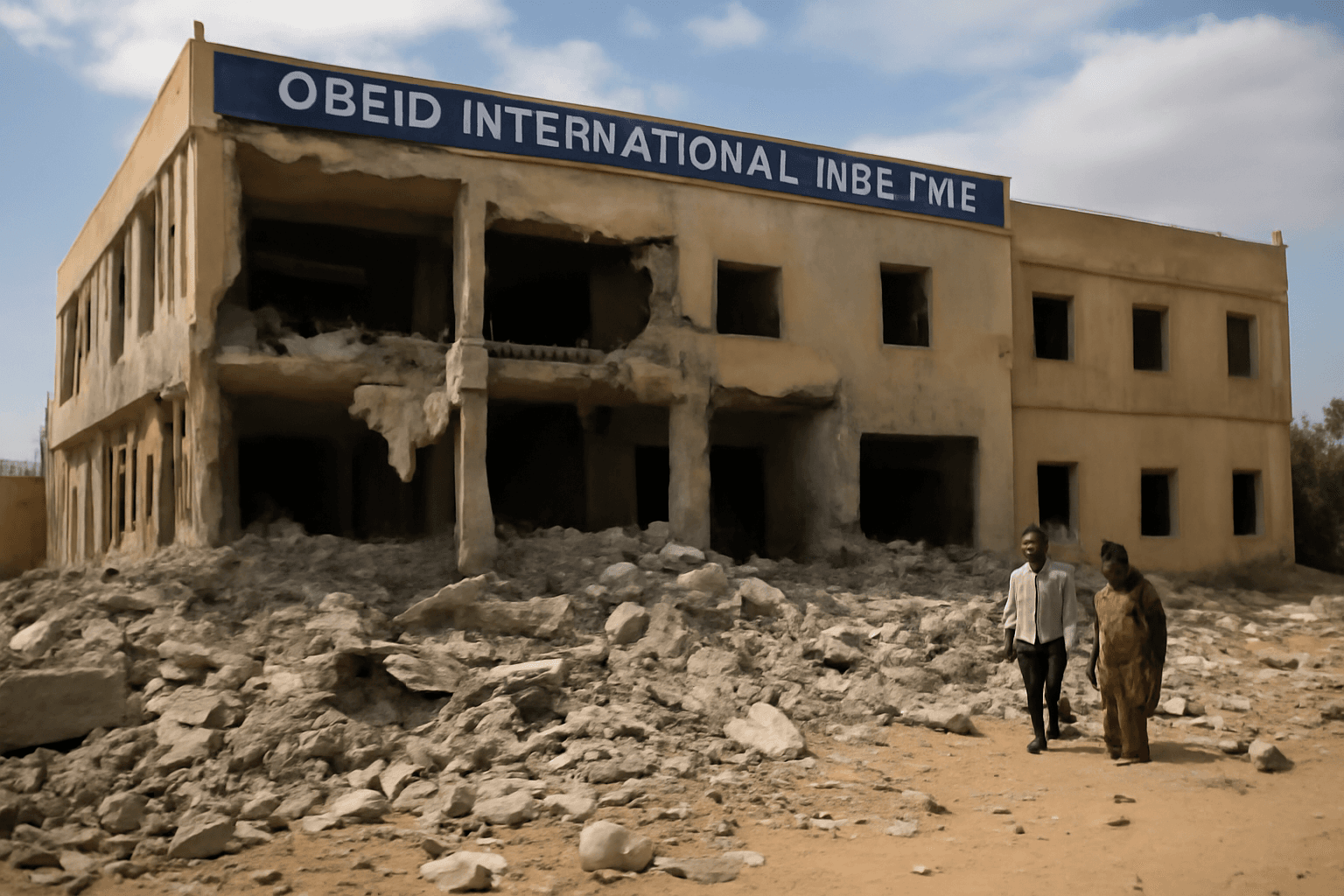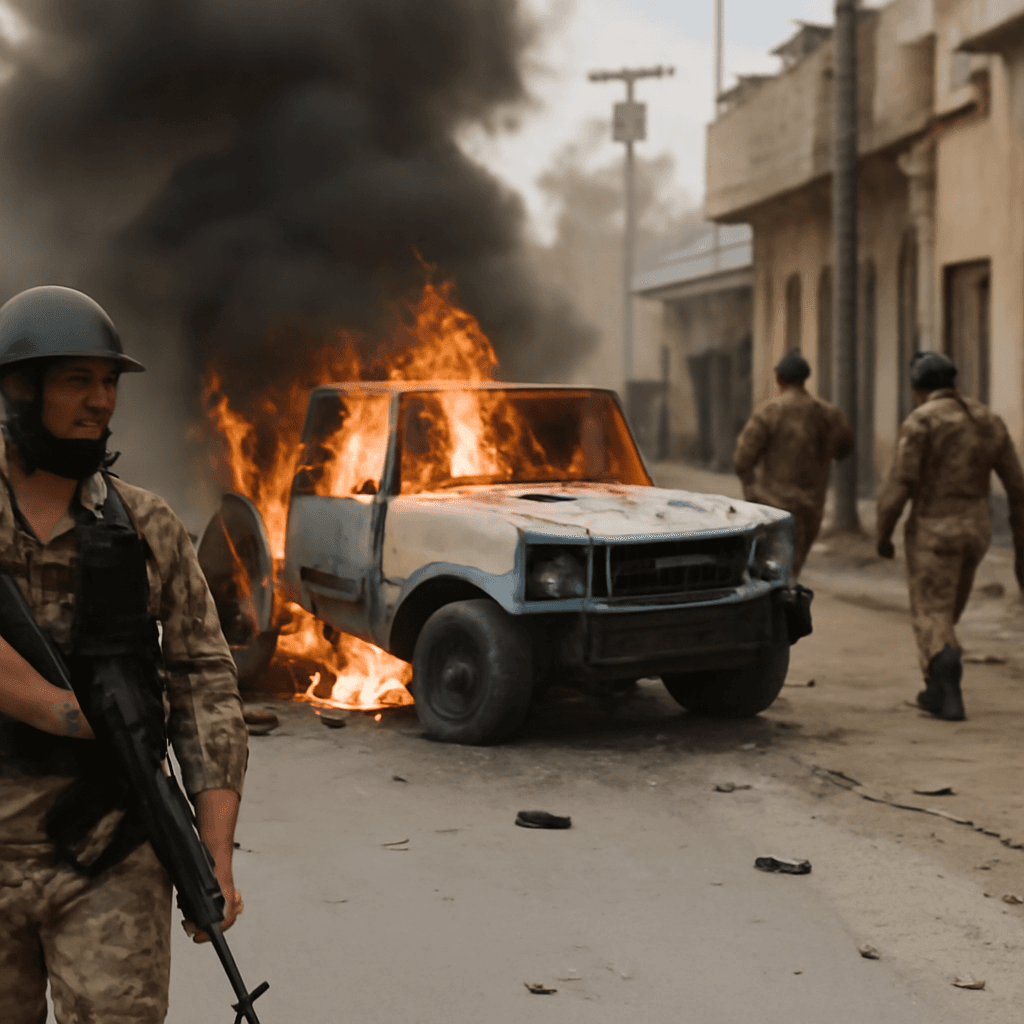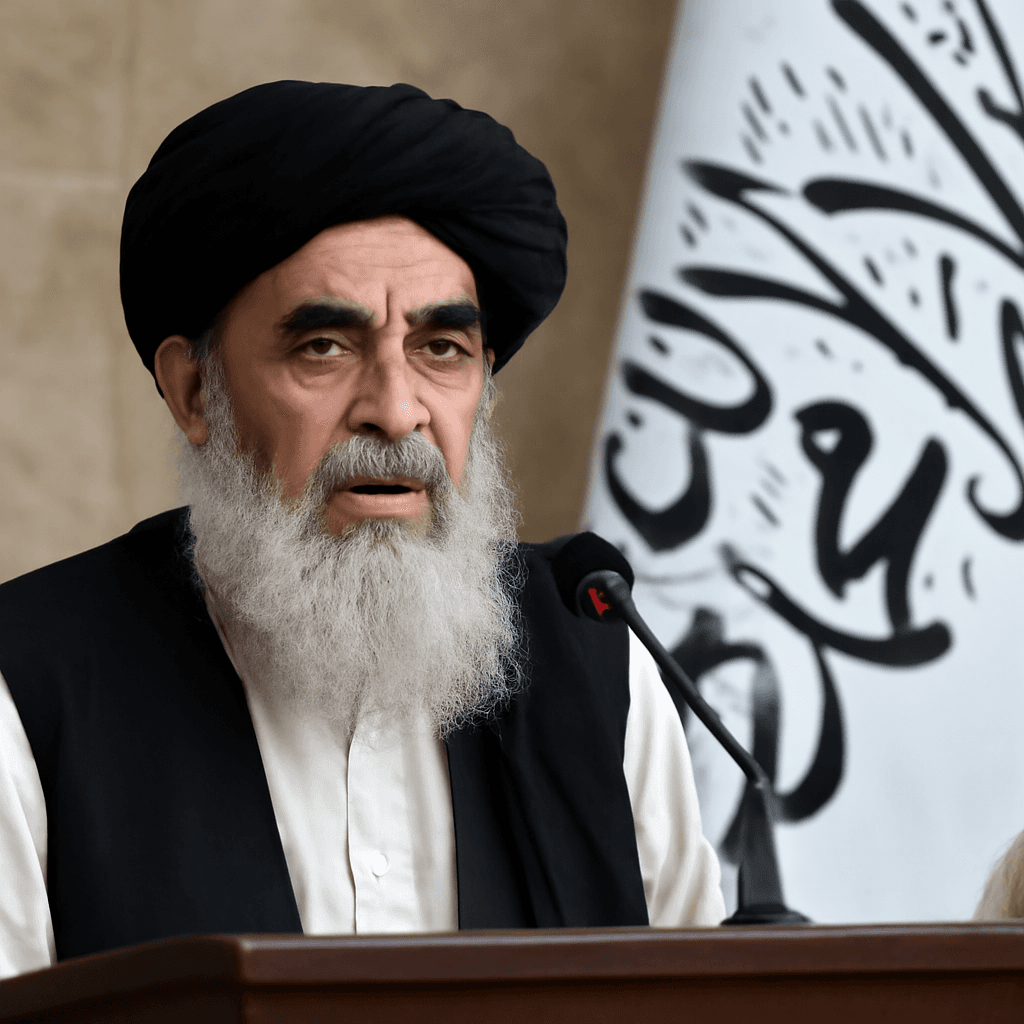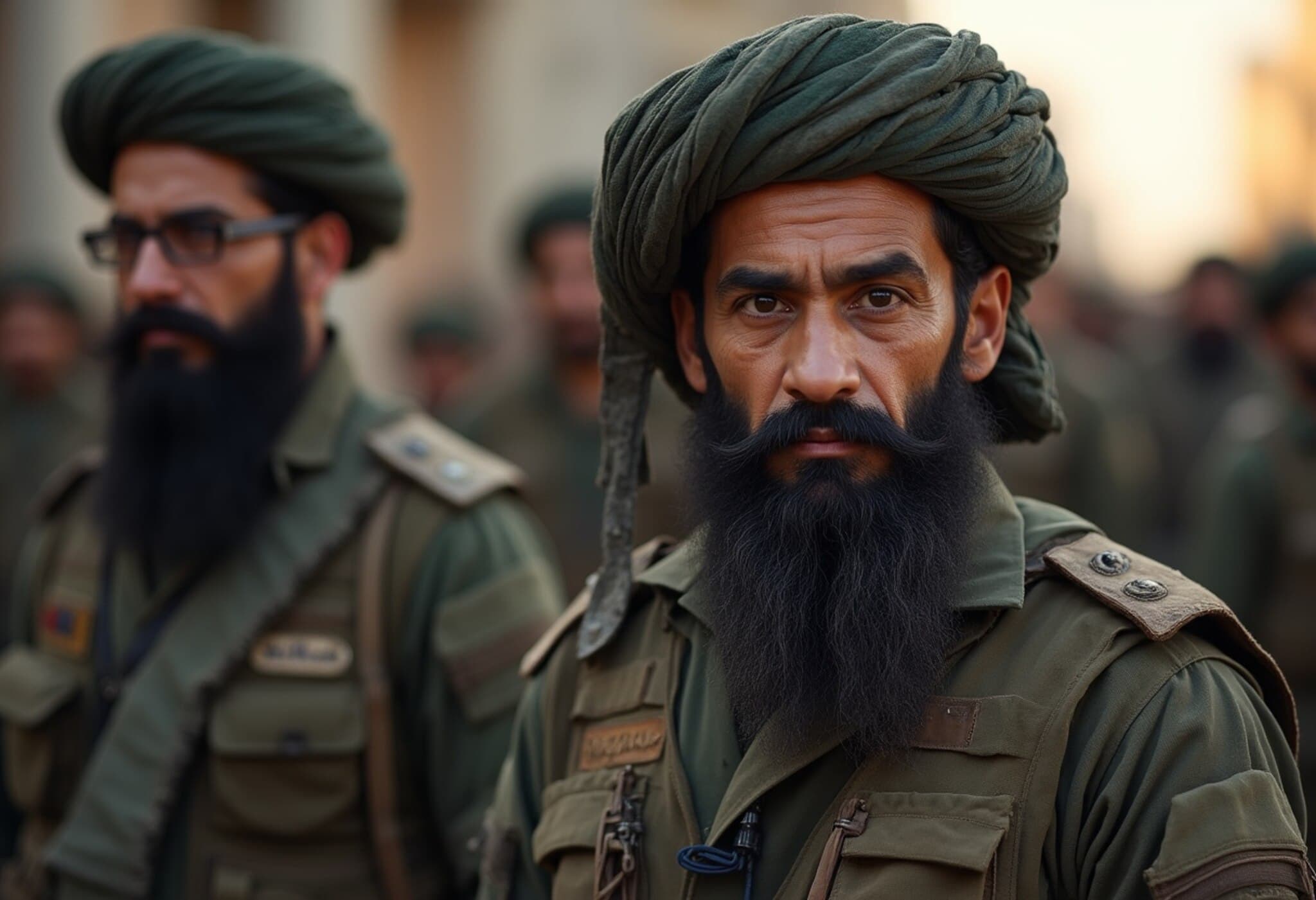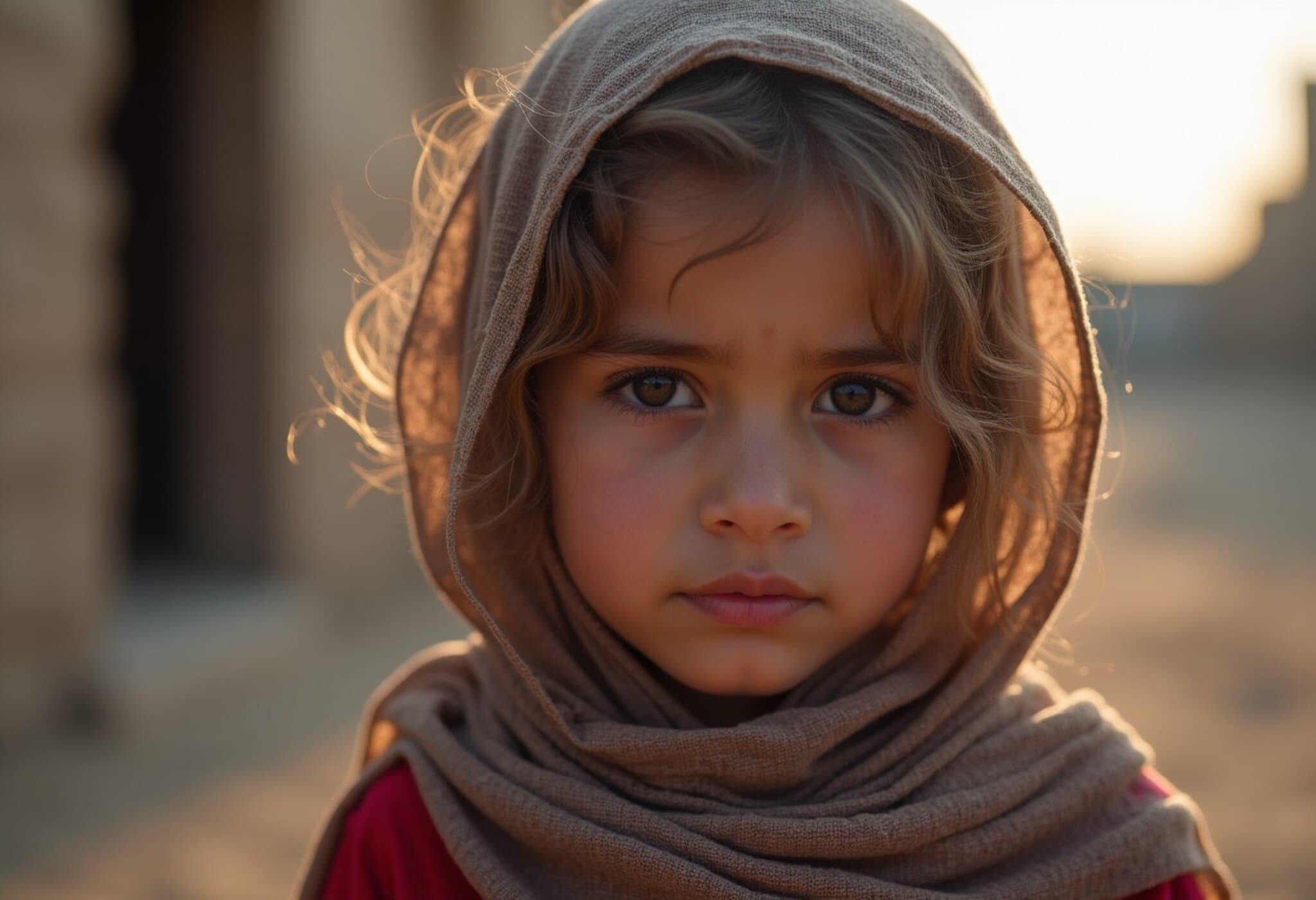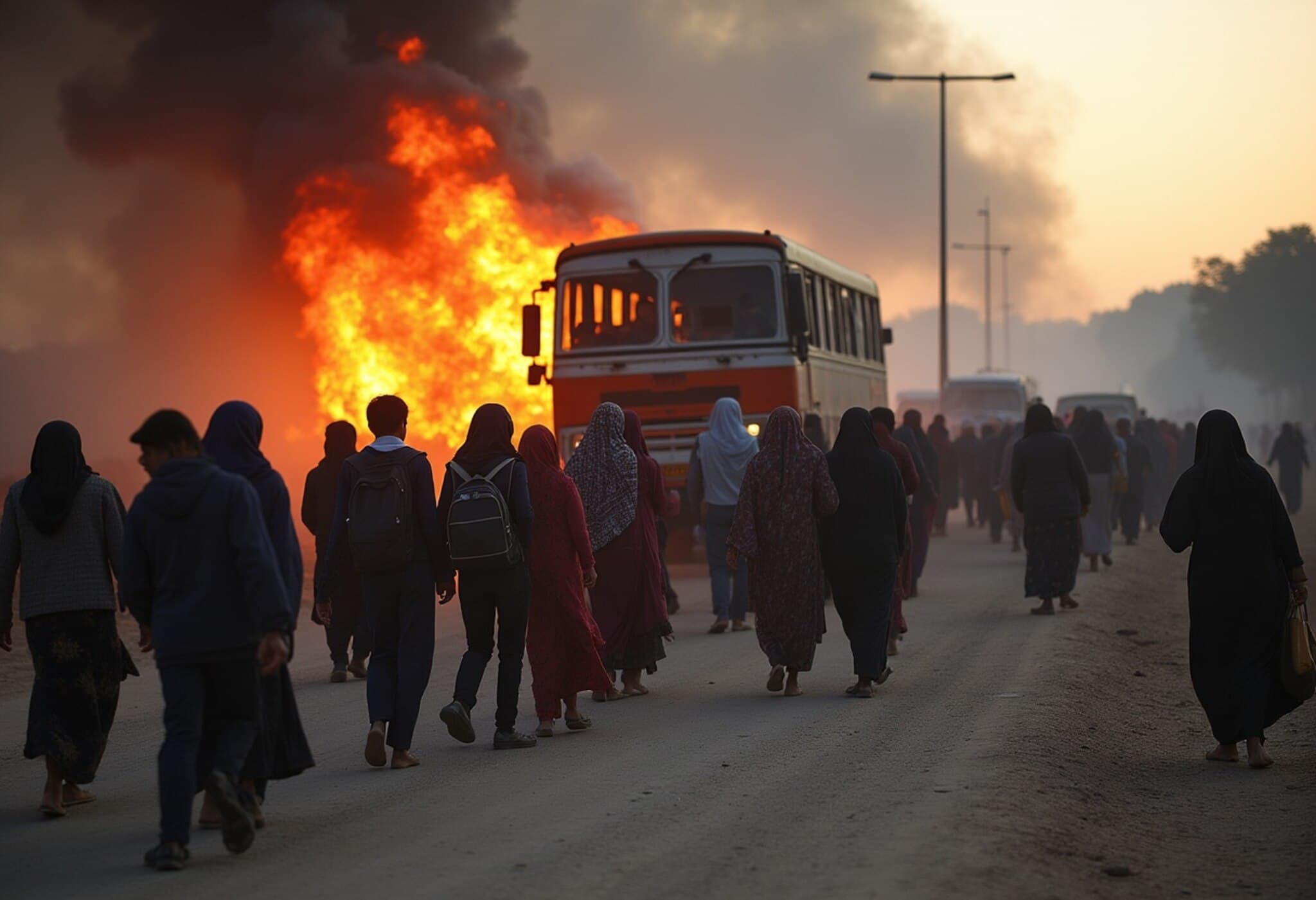A Massive Human Exodus: Over Half a Million Afghans Return from Iran Within 16 Days
In a staggering development that human rights organizations have called one of the largest forced population movements in recent memory, more than 500,000 Afghans have been pushed out of Iran and crossed into Afghanistan in just over two weeks. This rapid migration surge unfolded in the wake of Iran’s brief conflict with Israel, signaling complex geopolitical undercurrents and exposing vulnerable communities to immense hardship.
The Border Crisis: Islam Qala’s Humanitarian Strain
The western Afghan border town of Islam Qala has become a poignant symbol of displacement and despair. Families, many with children too young to grasp their circumstances, gather under makeshift shelters amid scorching summer heat exceeding 40°C (104°F). Elderly men bear the silent weight of uncertainty while aid agencies scramble to respond to the overwhelming influx.
Forced Deportations and Human Rights Concerns
The International Organization for Migration (IOM) documented 508,426 Afghans crossing back into Afghanistan by July 9, 2025, with a peak of 51,000 in a single day, preceding a government deadline mandating undocumented migrants to leave Iran by July 7.
Eyewitness accounts reveal troubling scenes of abuse and extortion. Bashir, a young migrant, recounted to journalists how Iranian authorities detained him, extracting large sums of money and subjecting detainees to neglect and mistreatment. Such testimonies underscore the harsh realities behind the statistics.
Impact on Families and Children
For many deportees like 11-year-old Parisa, the upheaval abruptly halted education and shattered hopes for a stable future. Despite legal registration documents, families were forced to leave immediately, now facing limited educational opportunities in Taliban-controlled Afghanistan, particularly for girls.
Underlying Causes: Security Narratives and Ethnic Suspicion
Iran’s official rationale centers on national security concerns, citing unverified allegations of Afghan nationals acting as spies for Israel during recent conflicts. Iranian state media circulated videos purportedly showing Afghan agents working with foreign handlers, though evidence remains inconclusive.
This narrative has fueled widespread suspicion and collective punishment, leading to what human rights advocates describe as systemic discrimination and incitement to violence against Afghans and other minorities in Iran.
Official Statements vs. International Concerns
While Iranian spokesperson Fatemeh Mohajerani emphasized the country’s historical hospitality and framed deportations as lawful measures against illegal migration, the UN’s special rapporteur Richard Bennett highlighted the alarming rise of dehumanizing rhetoric and ethnic targeting in Iranian media.
Humanitarian Fallout and Regional Implications
As Mihyung Park, IOM’s mission chief, pointed out, the sheer scale of returns—half of all Afghan returnees this year arrived since June 1—has created a dire humanitarian situation. Thousands remain stranded under harsh climatic conditions, with many unaccompanied children adding to the crisis’s complexity.
Video footage from the border paints a vivid picture: families queuing for assistance, infants shielded from the sun, and deportees transported to unknown interiors of Afghanistan. Reports describe aggressive raids in Iranian cities and desperate attempts by migrants to evade authorities.
Long-Term Consequences and the Road Ahead
Many deportees had lived in Iran for years, establishing fragile livelihoods in informal sectors despite the lack of official documentation. This abrupt expulsion not only erases their socioeconomic foundations but also cripples Afghan border regions ill-equipped to absorb such numbers amid ongoing instability.
Moreover, the expulsions raise urgent questions about regional policy, migrant rights, and the broader geopolitical dynamics shaping Middle Eastern asylum landscapes.
Expert Commentary: The Need for Regional Cooperation and Humanitarian Support
Experts urge a coordinated response that transcends national security narratives to address the root causes of displacement. Sustainable solutions require collaboration between Iran, Afghanistan, and international agencies to protect migrants’ rights and facilitate reintegration while addressing the fears driving expulsion policies.
The unfolding crisis also underscores the vulnerability of migrant workers in conflict zones and the dangers of scapegoating vulnerable populations amid geopolitical tensions.
Editor’s Note
This mass displacement from Iran to Afghanistan highlights a painful intersection of politics, security, and human suffering. While security concerns are legitimate sovereign interests, the collective punishment of hundreds of thousands risks exacerbating regional instability and violating fundamental human rights. Readers are encouraged to consider the broader implications of forced migrations, the protection of minority communities, and the urgent need for humanitarian aid and policy dialogue in the region.

